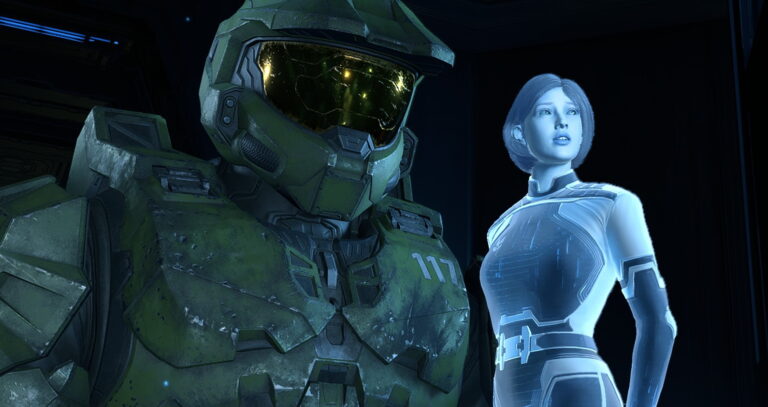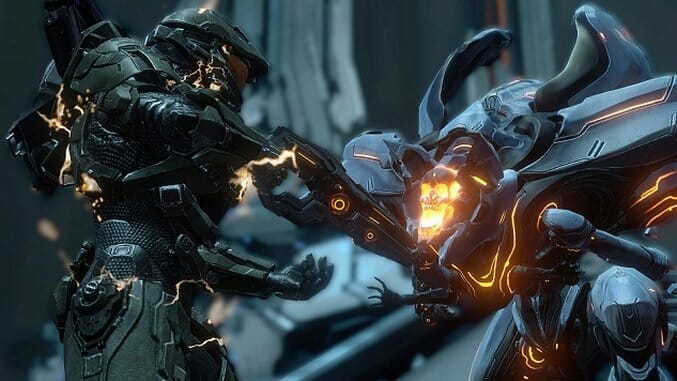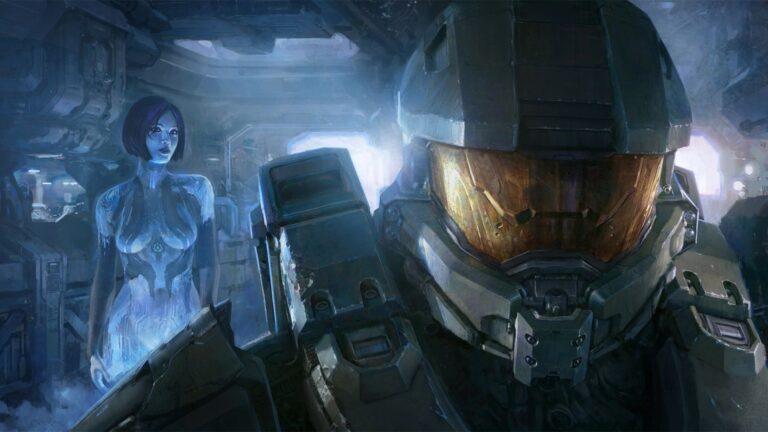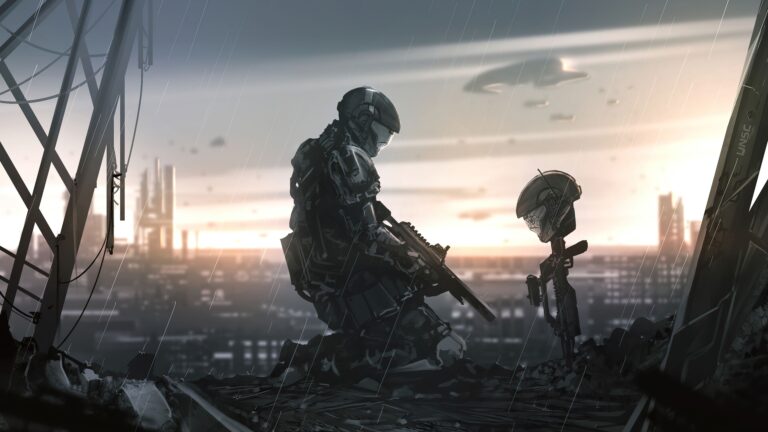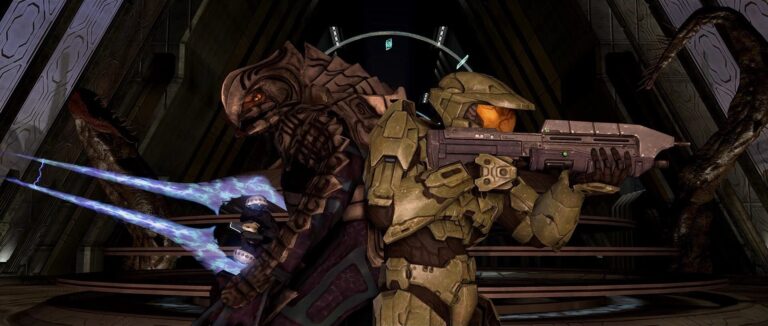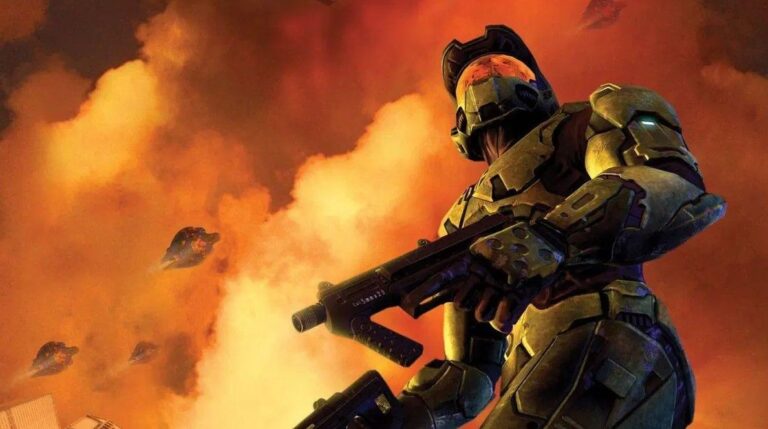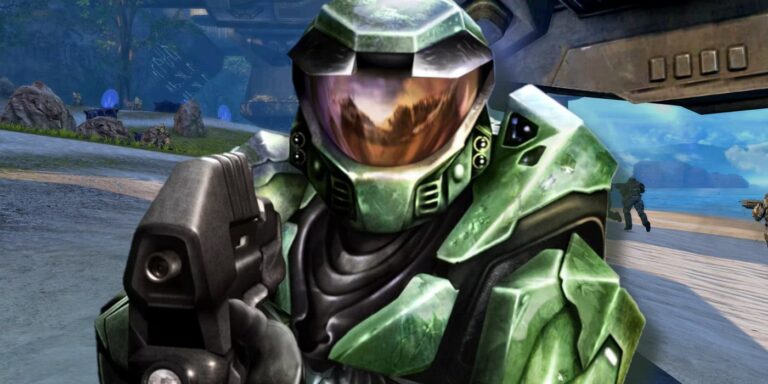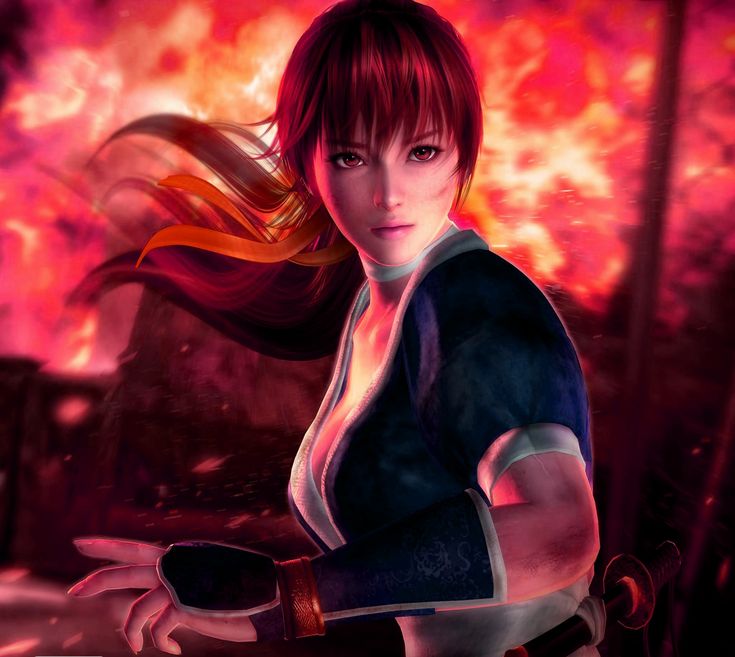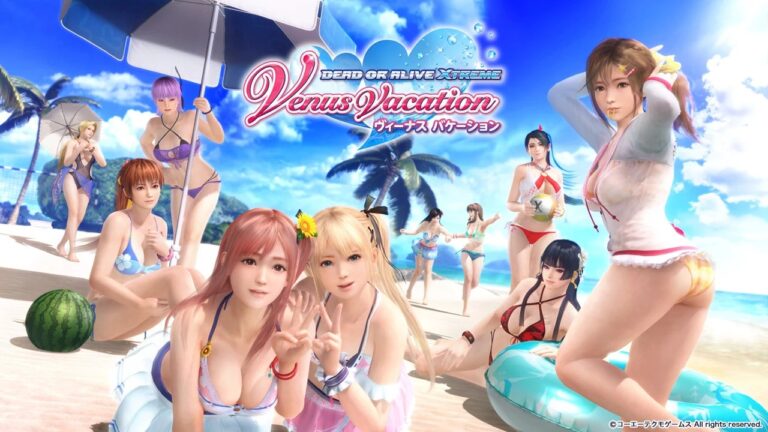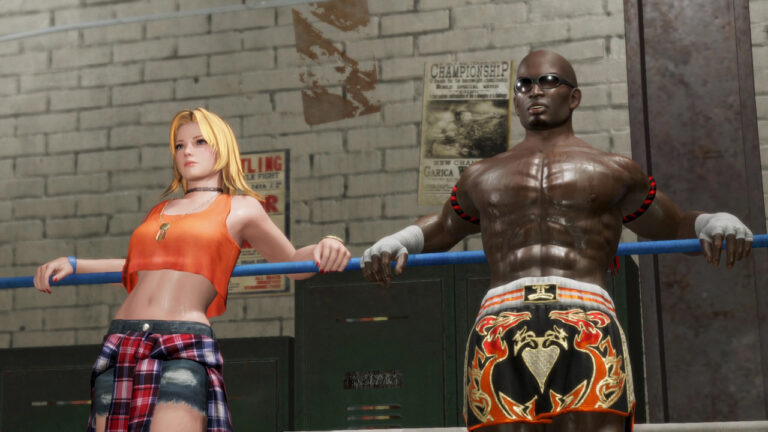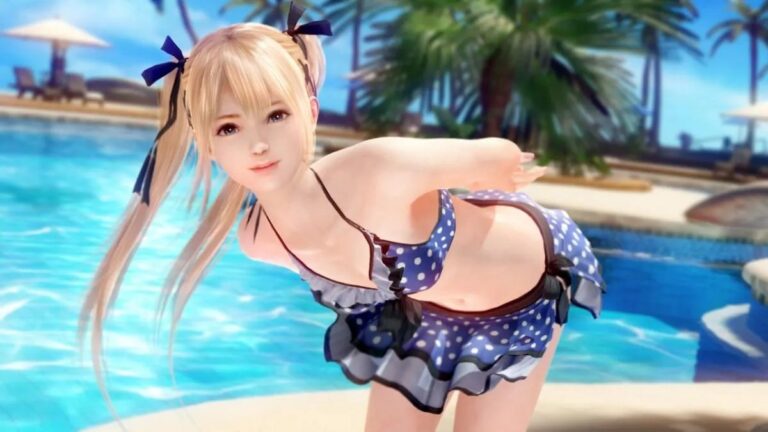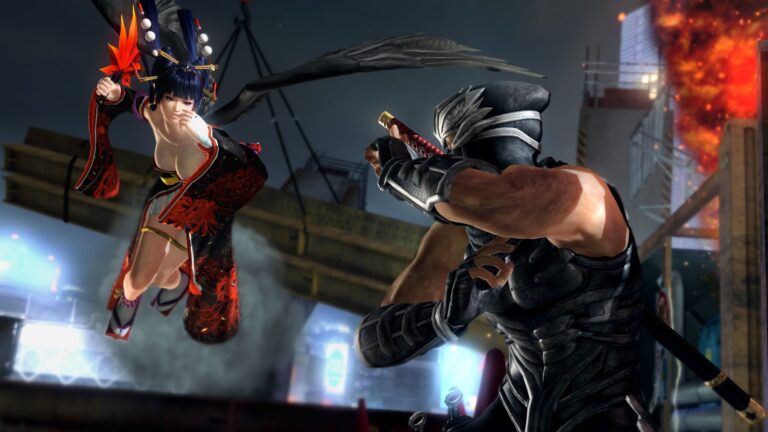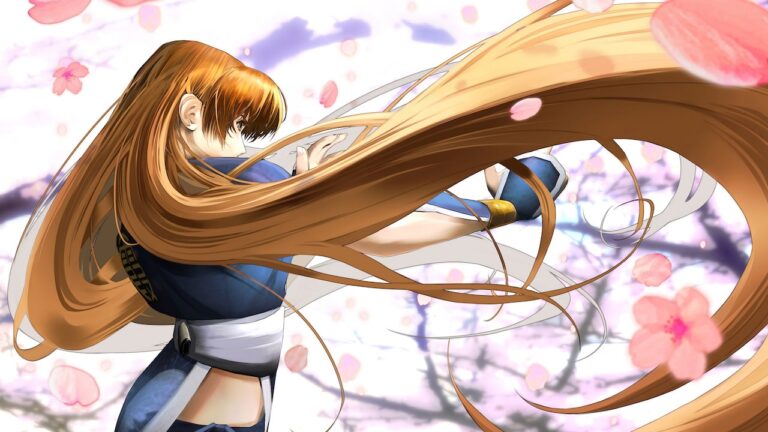Welcome back to the Halo love/hate series! In this entry we’ll be going over the most recent...
Love/Hate
Welcome back to the Halo love/hate series! In this entry we’ll be going over Halo 5: Guardians....
Welcome back to the Halo love/hate series! In this entry we’ll be going over Halo 4, the...
Welcome back to the Halo love/hate series! In this entry we’ll be going over the final Bungie-developed...
Welcome back to the Halo love/hate series! In this entry we’ll be going over our first spin-off...
Welcome back to the Halo love/hate series! In this entry we’ll be going over the series’ third...
Welcome back to the Halo love/hate series! In this entry we’ll be going over the series’ second...
Surprise! It’s time for a new love/hate series! As you can probably tell, we’re going to be...
Whoo, that was quite the journey I just went through. Dead or Alive is such a weird...
Welcome back to the Dead or Alive Love/Hate series! For this final entry, we’ll be looking at...
Welcome back to the Dead or Alive Love/Hate series! In this entry we’ll be looking at the...
Welcome back to the Dead or Alive Love/Hate series! In this entry, we’ll be looking at Dead...
Welcome back to the Dead or Alive Love/Hate series! In this entry, we’ll be looking at Dead...
Welcome back to the Dead or Alive Love/Hate series! In this entry, we’ll be taking another detour,...
